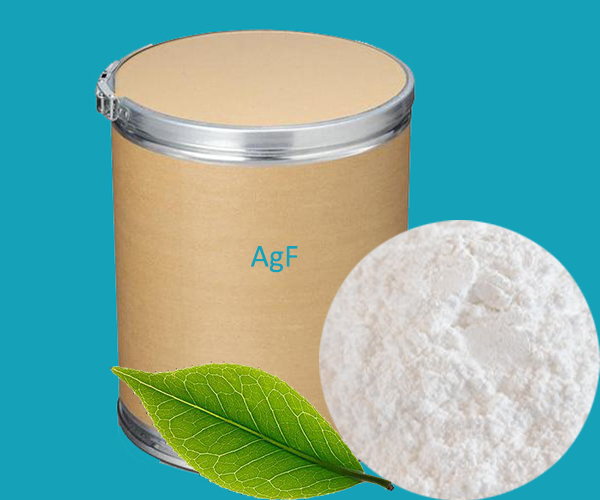Silver fluoride, commonly designated by its chemical formula AgF, is a chemical compound that exemplifies fascinating characteristics and versatile applications in various scientific realms. As an inorganic compound, it consists of silver (Ag) and fluorine (F) ions.
Physical and Chemical Properties
When visually examined, silver fluoride appears as a white crystalline solid that is easily soluble in water. It is noteworthy that this compound exhibits hygroscopic traits, meaning it can absorb and retain moisture from its surrounding environment.
From a chemical standpoint, AgF is a unique fluoride. While most metal fluorides display ionic characteristics, silver fluoride showcases covalent traits, due to silver’s full d shell, which inhibits the formation of typical ionic bonds.
Applications of Silver Fluoride
Despite its relatively simple chemical structure, silver fluoride’s diverse range of applications significantly contributes to fields such as medicine, chemistry, and material science.
In the medical field, silver fluoride is often utilized as a topical agent in the prevention of dental caries (tooth decay). Its bactericidal properties aid in halting the progression of active caries and thus promote oral health.
In the realm of chemistry, due to its unique reactivity, silver fluoride is often used as a fluorinating agent in organic synthesis. This allows scientists to introduce fluorine atoms into organic compounds, enriching their chemical diversity.
Silver fluoride’s uses extend to the material science field, where it finds application in the creation of specialized ceramics. These ceramics, which incorporate fluorine ions, exhibit improved thermal and chemical stability, thus broadening their potential applications.
In the field of optoelectronics, silver fluoride is utilized due to its unique optical properties. These applications leverage the compound’s ability to refract light, paving the way for advanced technological developments.
 English
English Español
Español Português
Português Français
Français Deutsch
Deutsch Русский
Русский 中文
中文 日本語
日本語
